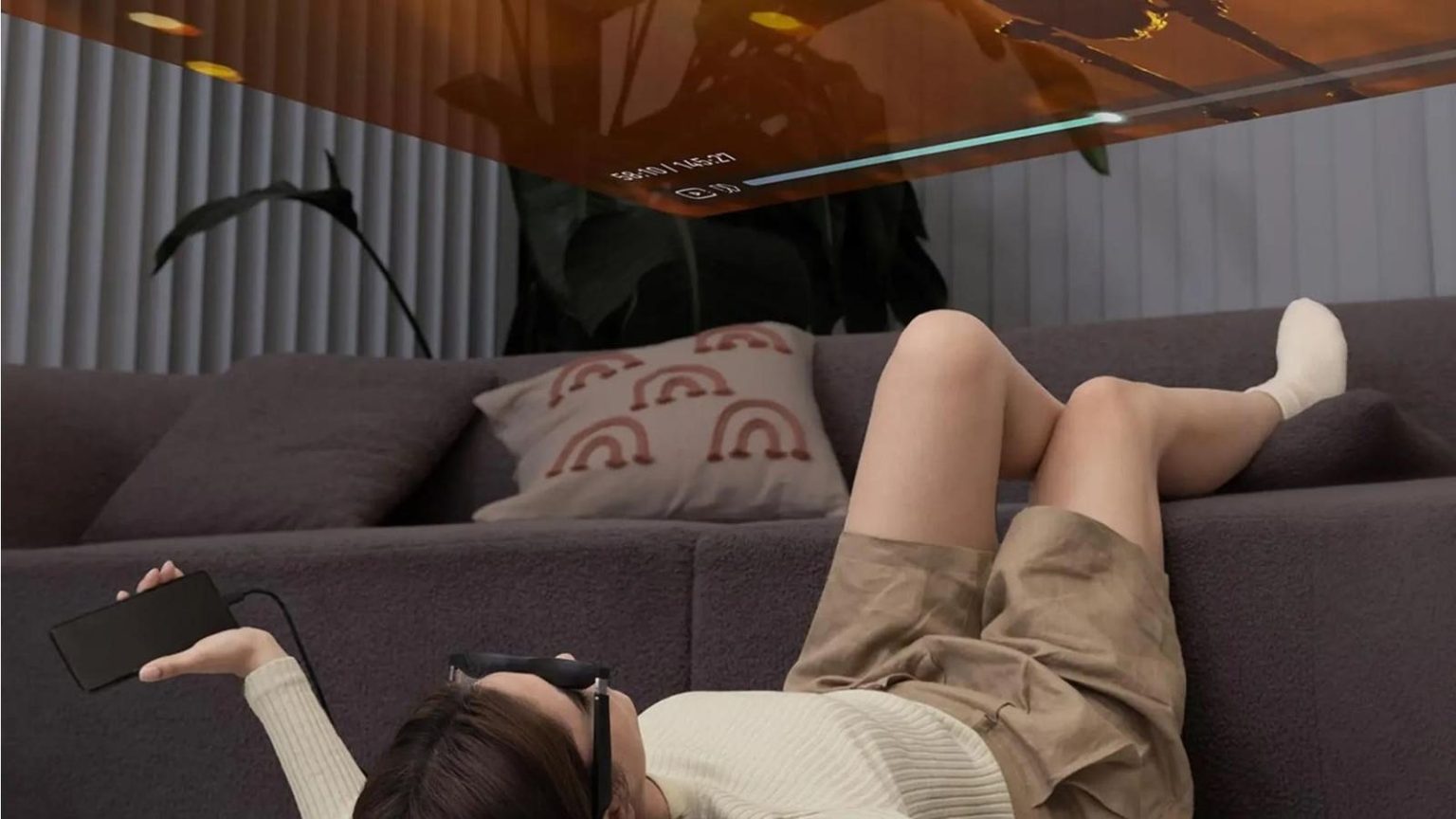The consumer grade AR glasses space has grown so much in the four years since I first profiled Beijing-based nReal. At the time, the company’s vision of putting wearable screens on the faces of average consumers seemed futuristic and a bit far-fetched. But now, the renamed XReal is the market leader in this growing category that saw a 46% YoY growth in total global shipments (including all the brands), according to International Data Corporation, with Chinese brands ranging from startups to major players like TCL all jumping on board.
While XReal’s best-selling Air is still the market leader, the company knows the competition is stiff, so it’s launched an improved follow-up, and taking a page out of the smartphone business, there’s a standard XReal Air 2 and Air 2 Pro.
These new glasses bring improved displays that are brighter and more color accurate in a frame that’s 10% lighter. The differentiating factor between the standard and Pro is the latter gets electrochromic lenses, meaning they can darken with the press of a button.
I tested the Pro model and the electrochromic feature is a game-changer. I often wear AR glasses at home to watch movies, and the transparent nature of the lenses mean a lot of outside light passes through. Previous XReal glasses (and competitors, too) would provide a plastic lens cap that I have to physically put over the glasses to block out the transparency. With the XReal Air 2 Pro, I no longer need the lens cap, as the lens can darken on its own to block out the outside world.
The XReal Air’s new upgraded Micro-OLED displays are sourced from Sony, and they’re more pixel dense in addition to the aforementioned ability to reach a higher maximum brightness and be more color accurate. I can definitely vouch for the latter, as I found the original XReal Air display too saturated, this time, the visuals look closer to the original source display.
The visuals pumped out are about the equivalent of a 130-inch display from about 12 feet away. By default, the lenses are see-through, so I can see the screen projected onto the real world, but again, I prefer to darken the lens and get the feeling that I’m sitting in a movie theater.
XReal has an app called Nebula that gives the glasses a bit of AR capabilities, but they’re still relatively primitive and dependent on the smartphone you’re running. Because the XReal Air 2 Pro has no internal processor, battery or storage, it’s a very lightweight accessory and can run as long as your device can run.
This means the glasses are still mostly just a wearable portable monitor more than something completely interactive and immersive like Apple’s Vision Pro, but the light weight of the XReal Air 2 Pro does mean I can wear it in almost any position. While I don’t lay on the floor like the model in the promotional image below, I have definitely worn the glasses while laying on my back in bed and on the sofa. It’s a comfortable (and perhaps lazy) way to consume media.
I also use the XReal Air 2 Pro with a laptop or iPad often, usually when I’m working on the plane or at coffee shops. The glasses allow me to keep my head up instead of needing to tilt down to stare at the screen. This greatly reduces the strain on my neck.
Priced at $450, the XReal Air 2 Pro are a bit pricier than some existing AR glasses on the market, but these are the most technically impressive set yet.
Read the full article here





